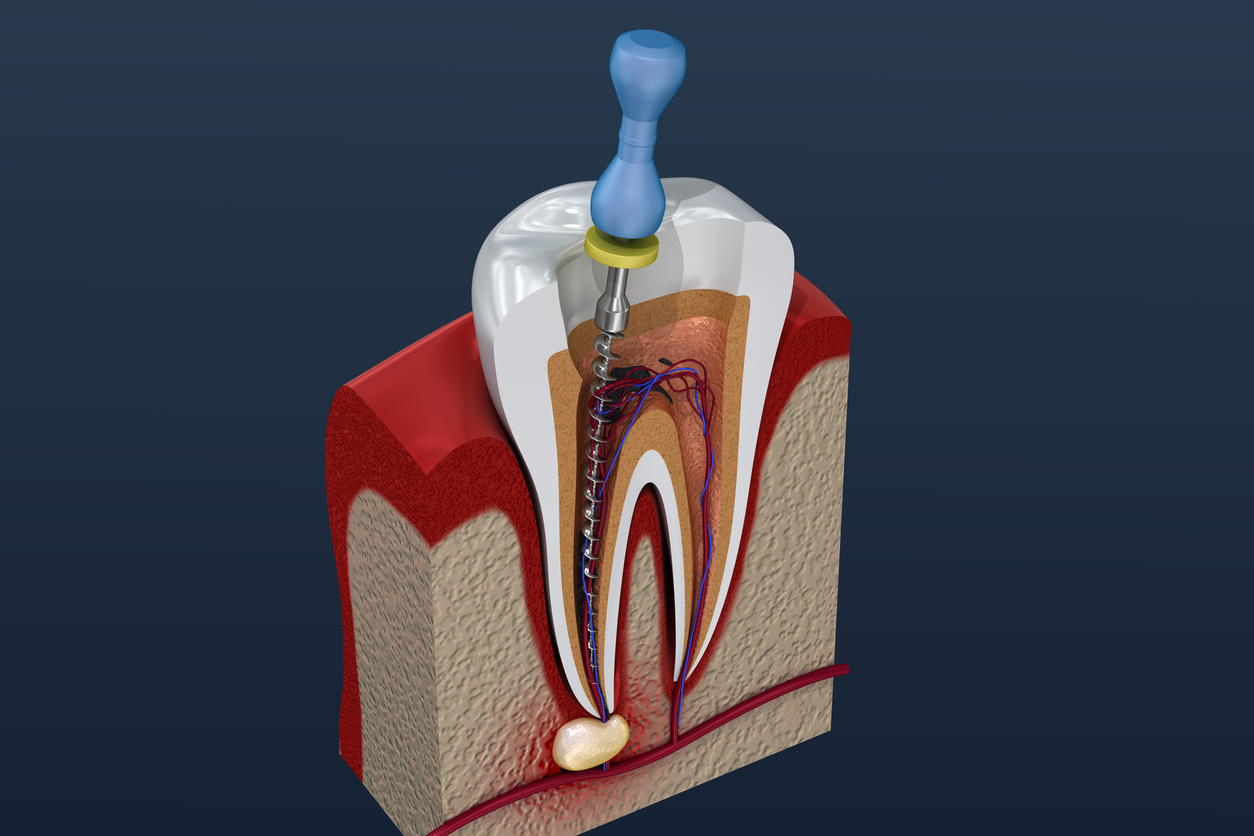Know About Diagnosis & Treatment of Dental Abscess!

When bacteria infect the inside of a tooth or gum or the underlying bones that hold the tooth, pus if formed, and this may cause swelling and pain. This is called a dental abscess. A dental abscess in the gum is referred to as a periodontal abscess while that in the root of the tooth is referred to as a periapical abscess. A dental abscess can occur if the tooth is cracked and allows food particles to be lodged inside the tooth, causing bacteria to infect the area. This article takes a look at the diagnosis and treatment of a dental abscess.
Diagnosis of dental abscess
Diagnosis of a dental abscess usually involves a physical examination as well as a CT scan or a dental X-ray. If the infection is minor (especially if the infection is visible), your dentist may simply physically examine the affected tooth and start treatment. However, it is always recommended that a dental X-ray be conducted to examine the extent of the damage for proper treatment. If the infection is extensive, then a CT scan is always used for assessment.
Symptoms of dental abscess
If you have a dental abscess, you may experience the following symptoms:
- Swelling can be visible in the gums and/or the jaw area.
- Pain in the affected tooth and the surrounding areas such as the jaw, neck, and ear
- Increased tooth sensitivity to hot and cold drinks or food
- Tooth discoloration
- Loose tooth
- Foul breath that doesn’t go away with normal oral hygiene
Treatment for Dental Abscess
A dental abscess won’t go away without treatment, so it is best practice to seek immediate medical attention from a registered dentist before the infection can spread to other parts of the mouth. The following are the dental abscess treatment options available.
-
Drainage
When the abscess is minor, an incision can be made towards the infection, and then the pus drained to prevent further spreading of the infection. This is usually a temporary treatment and further treatment may be recommended afterward, depending on the gravity of the abscess.
-
Root canal treatment
Where the tooth abscess has affected a significant part of the tooth, the dentist may recommend a root canal treatment for dental abscess.
-
Extraction
Extraction is always the last option when a root canal is not possible. In this case, the tooth and/or the gum have been severely affected and extraction is the only way to prevent it from getting worse and spreading to other parts of the mouth.
How to prevent having an abscess
An abscess is usually an infection that arises from improper oral hygiene. Therefore, you should make sure to maintain good oral hygiene by brushing and flossing your teeth regularly. Additionally, avoid foods that promote the breeding of bacteria in the mouth like sugar and starch.
Bottom Line
A dental abscess is a treatable infection that can be taken care of by a qualified dentist if the infection is discovered in time. If you suspect that you have a dental abscess, Springvale Dental Clinic is here at your service to provide quality dental care. Visit our dentist in Clayton for a proper examination and treatment for dental abscess.
